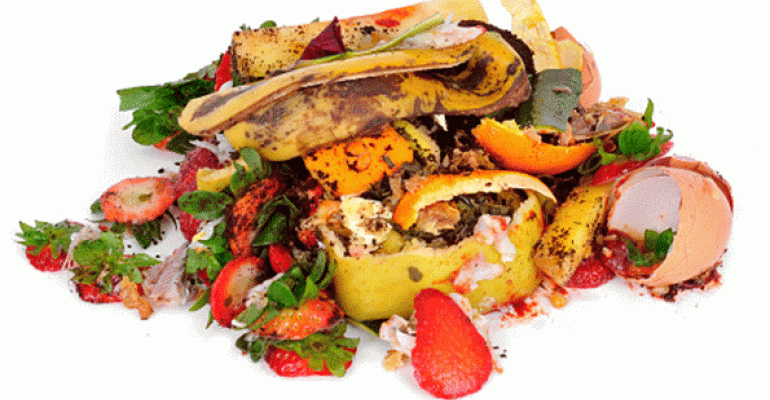Given below are some dismal and scary food waste statistics that point to an alarming situation. According to The Food and Agriculture Organization of the United Nations (FAO), around one-third of all food produced for human consumption across the world (close to 1.3 billion tons) is either wasted or lost, every year. This colossal loss includes 45% of all fruits and vegetables, 35% of fish and seafood, 30% of cereals, 20% of dairy products along with 20% of meat.
It is not surprising that most of the wastage occurs in the developed world. The per capita food waste by consumers (which does not include the production process) in Europe as well as North America is close to 95 to 115 kg per year, as compared to a meager 6 to 11 kg in Sub-Saharan Africa and South or South-East Asia.
Food waste has a disastrous impact on the environment. Wasted food leaves a carbon footprint of around 3.3 gigatonnes. If food waste were a country, it would rank only behind the USA and China as far as greenhouse gas emissions are concerned. The production of wasted food also uses around 1.4 billion hectares of land, which is 28% of the world’s agricultural area. A huge amount of surface or groundwater – known as “blue water” – is also lost; about 250km3, more than 38 times the blue-water footprint of US households.
While statistics are staggering, what can we do as individuals?
My school friends and I made a no-waste-on-our-plates pact while watching the Live Aid Concert in 1985. I have stuck to the pact ever since. Traditional Bengali cooking involves pretty minimal wastage as we tend to eat approximately all parts of vegetables as well as fish, which forms our staple diet. However, I realized I have not been as alert about raw materials as I have been about cooked food. That stands changed now and this is my first Waste to Taste post which focuses on dishes which can be prepared using raw ingredients which are usually discarded.
My cook usually cleans fresh spinach before she stores it in the fridge, retaining leaves and discarding stems. I decided to put those stems to good use, much to her horror, as they were all soil crusted. But soon I had a huge bunch of washed and cleaned stems, which were crunchy like celery, with a mild fragrance and an interesting taste! I then asked my Facebook friends to suggest ways that I could use those. An oriental recipe arrived thanks to my friend Momi’s Chinese neighbor and I tweaked it to suit my palate, resulting in a Chinese dish that travelled to Europe.
Keep watching this space for more details. In the meantime, take a hard look at all the edible produce that is going into your bin and make a list. I can tell you how to use them to make fabulous dishes.
- Waste To Taste: Discarded Spinach Stems and Pork Chops - October 6, 2018
- Let’s All Stop Food Wastage: Recipes for Reusable Vegetables - September 30, 2018

